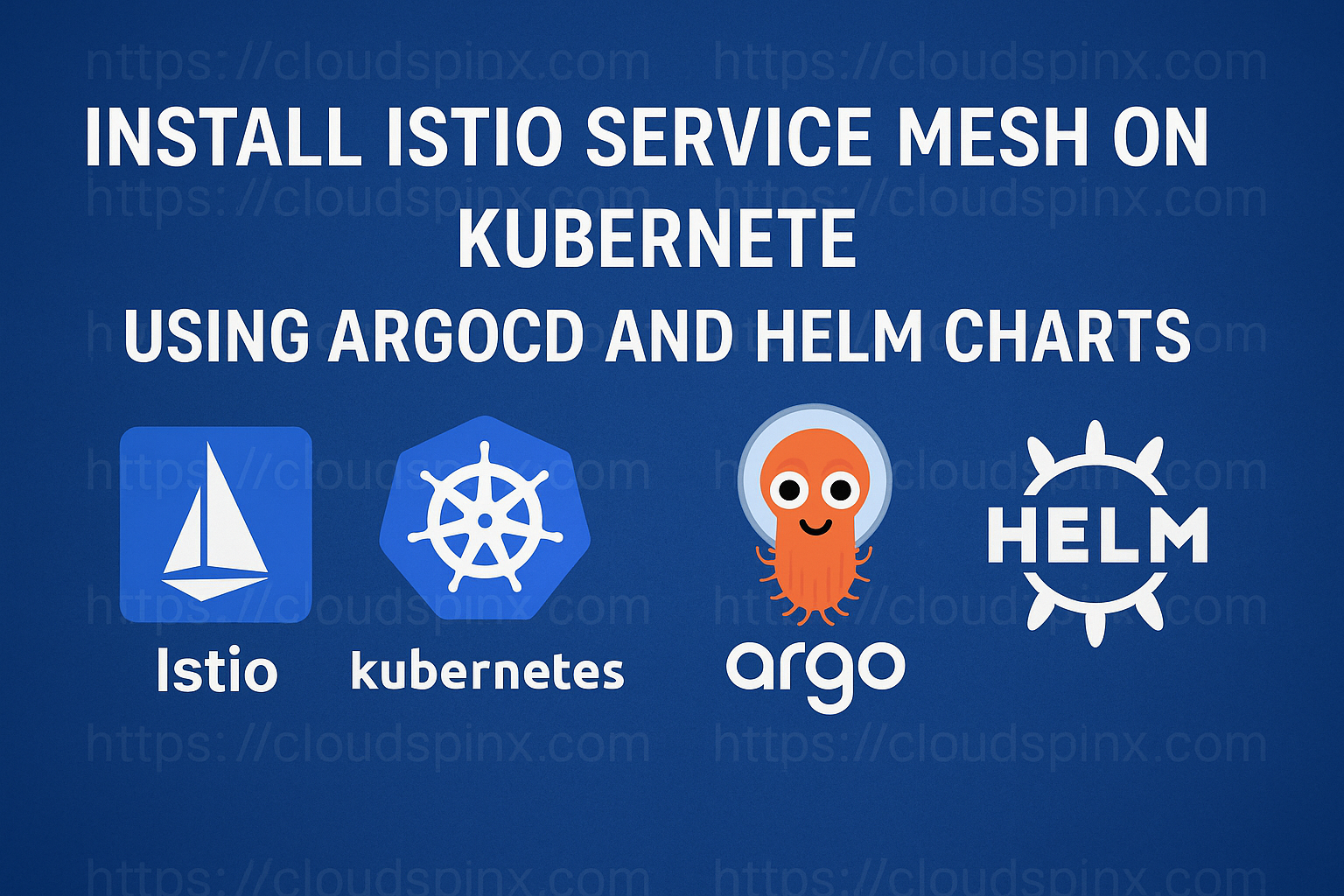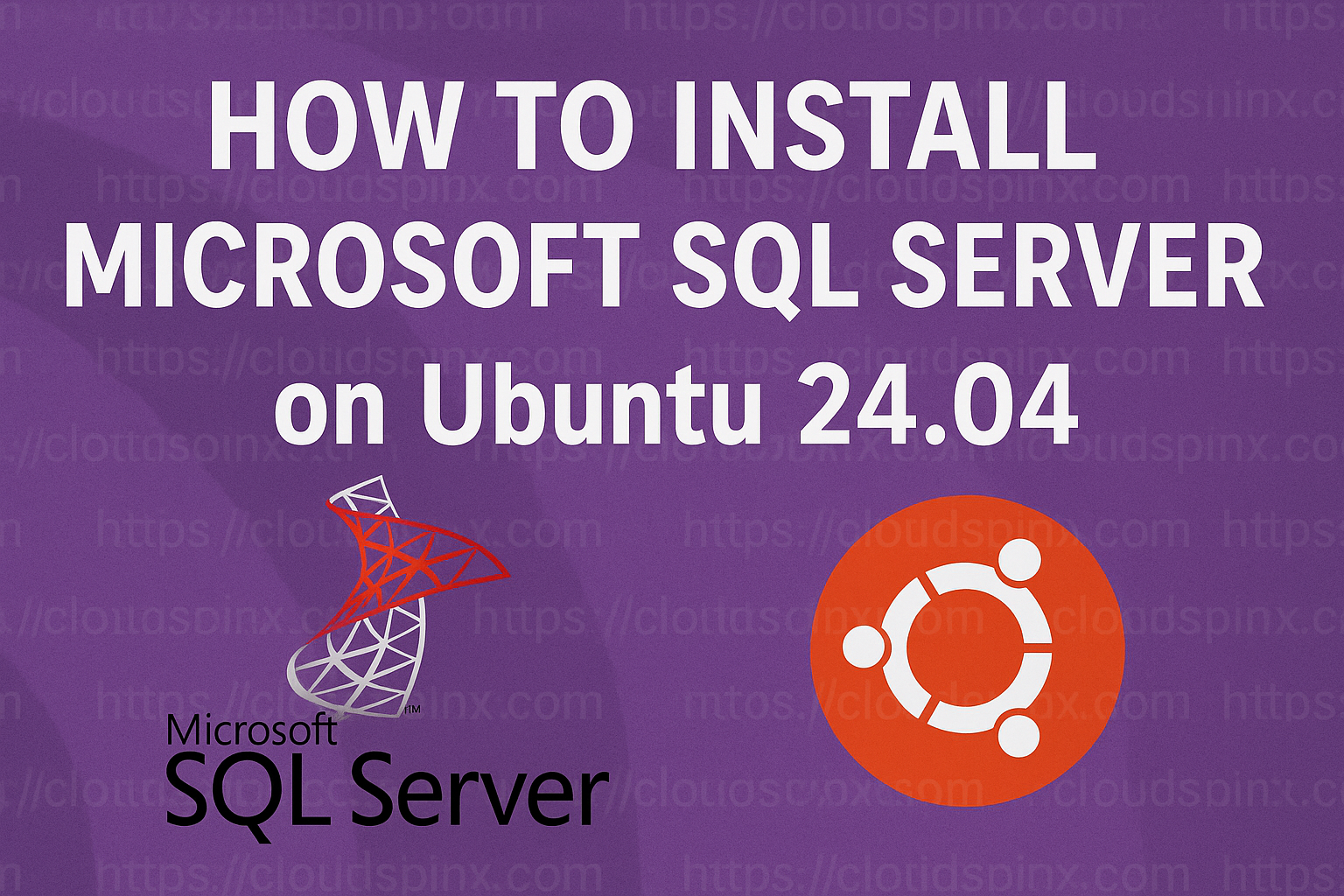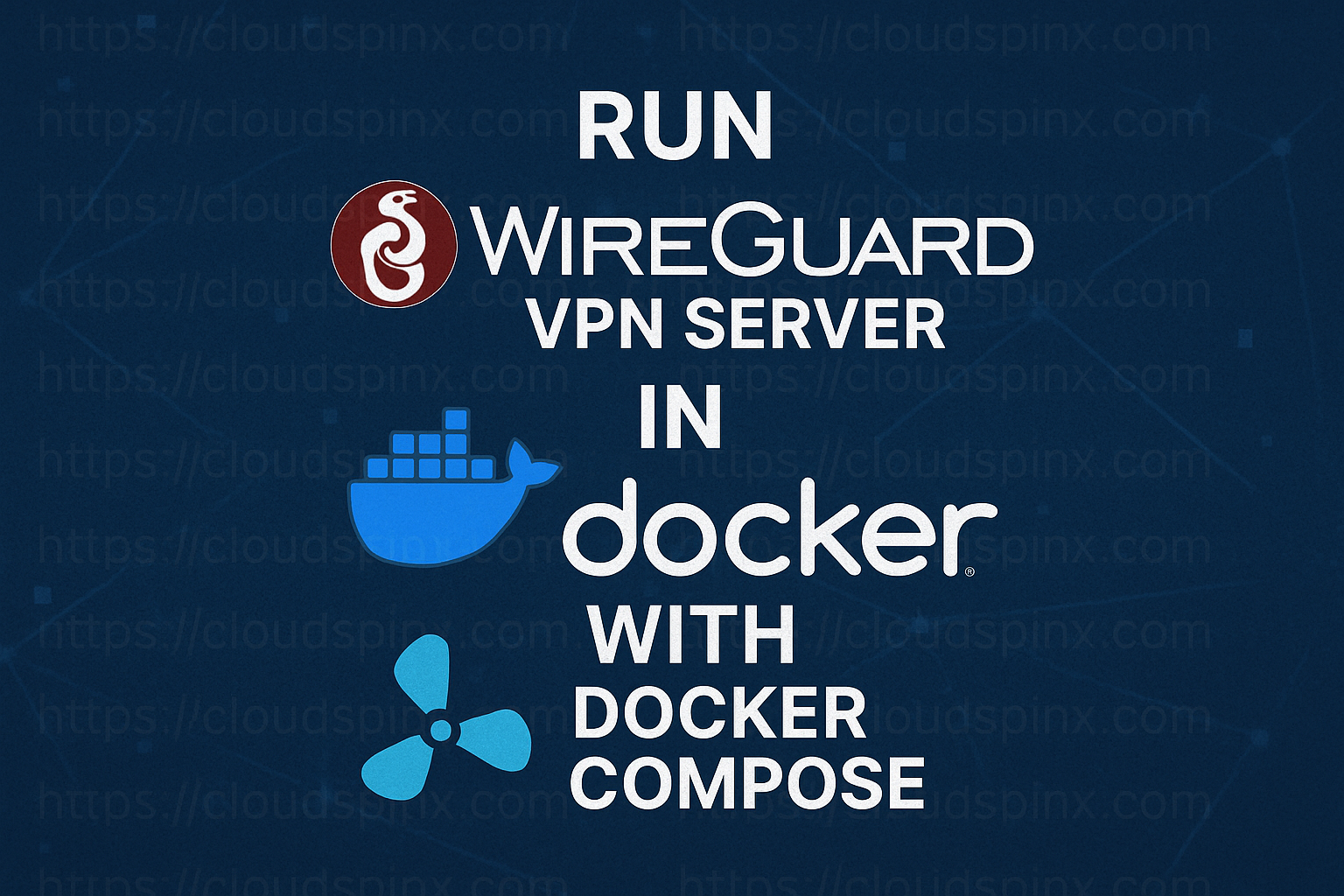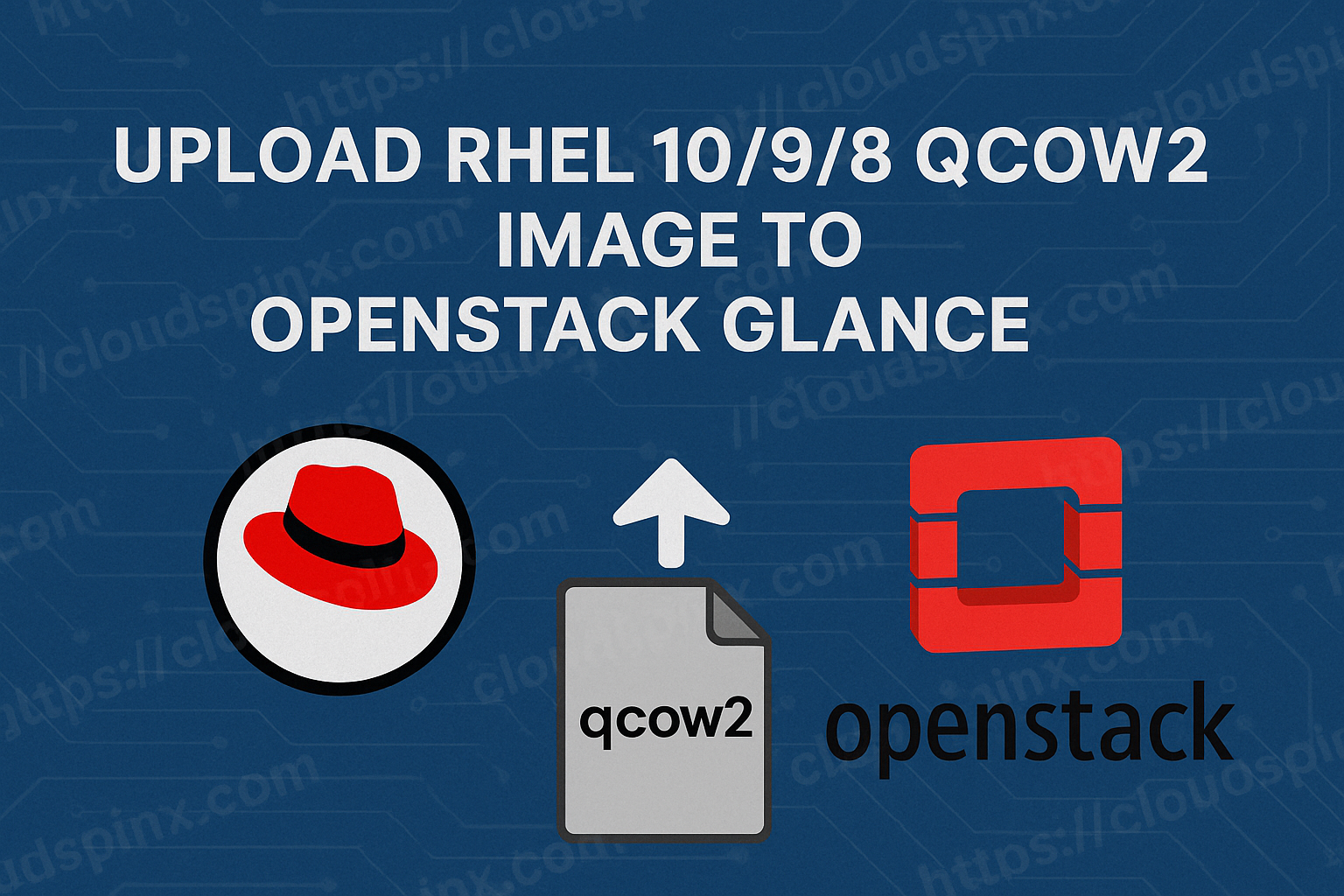Cockpit is a useful UI tool to manage Linux servers via a web-based console. Rather than being totally dependent on the command line, Cockpit offers a slick dashboard which enables you to view system performance, manage storage, set up networking — and even control virtual machines.
For virtualization work, Cockpit works well with libvirt and provides an easy to use interface for creating, configuring and managing KVM (Kernel-based Virtual Machine) instances remotely via your browser. This allows for creating new VMs, tweaking their resources, and getting console access or managing storage pools or networks all without ever leaving the Cockpit UI.
Mastering KVM Virtualization - The Ultimate eBook
From home labs to production clouds - master KVM Host management, automating KVM administration using Terraform, Vagrant, and cloud automation. This eBook will enable you to build scalable virtual infrastructure that works whether you're learning at home or deploying enterprise solutions. Get your full copy today
1. Starting and Stopping VMs
To start, stop, or reboot a VM, navigate to the Virtual Machines section and select the VM you want to control. Then click Run, Shut Down, or Reboot as needed.
2. Enable VM Autostart
In cockpit, you can configure your virtual machine to run whenever the host boots. Click on the autostart switch just below Boot order:
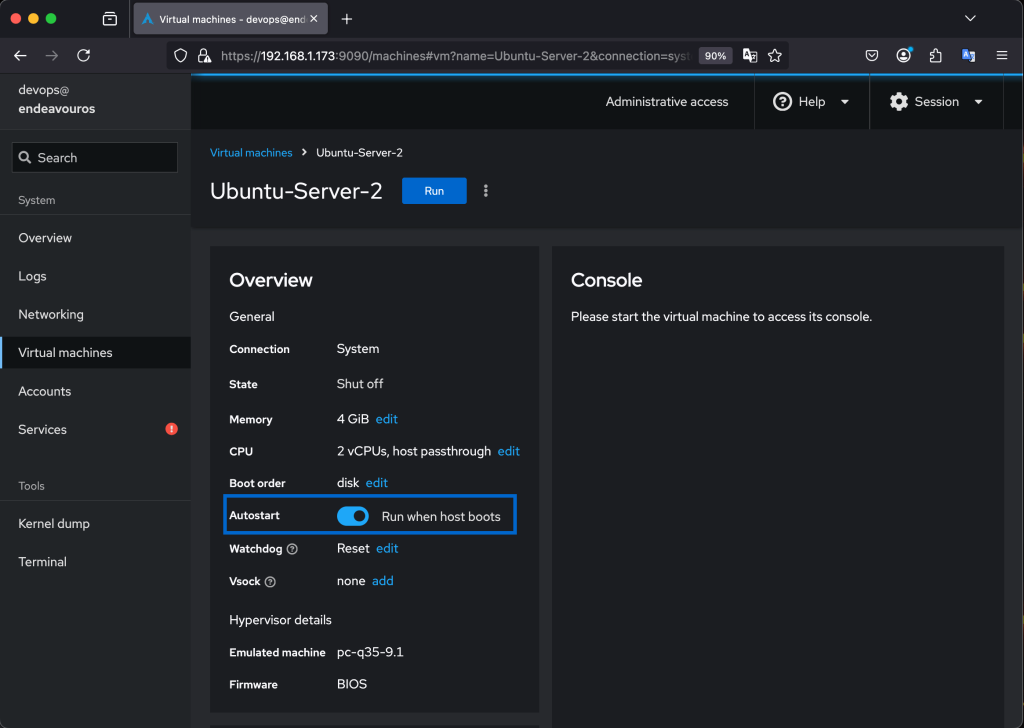
When it turns blue, you are good to go, your VM will always boot up whenever the host boots.
3. Editing VM Resources
To adjust the CPU, memory, or storage, select the VM, click on edit button just alongside each confgiguration. Modify the necessary parameters and then save the changes.
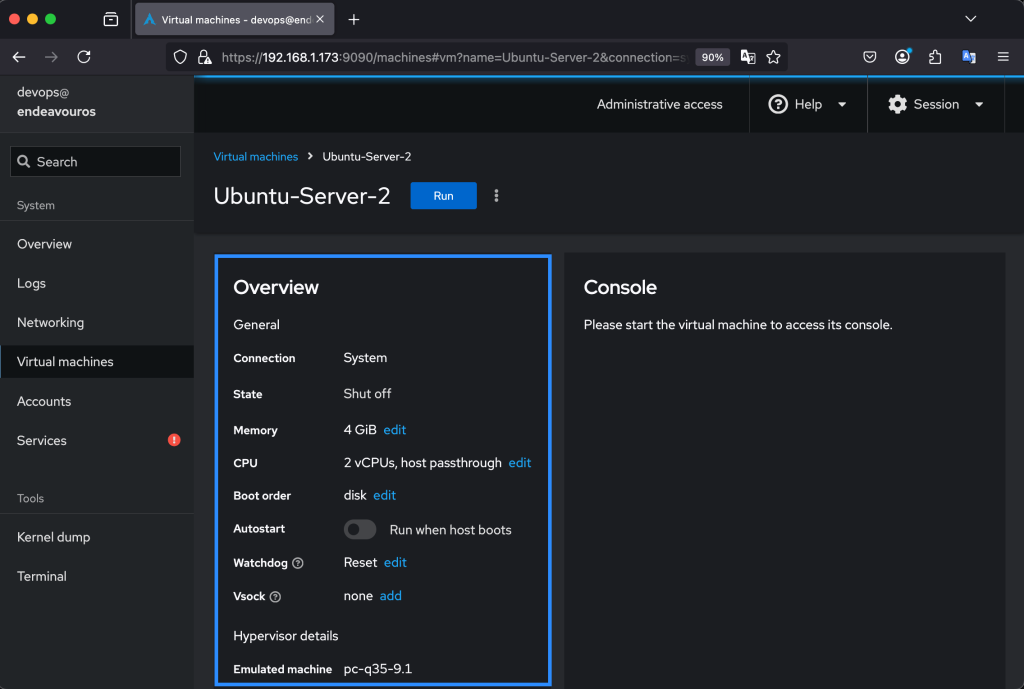
4. Changing Boot Order
Cockpit allows users to modify the boot order of virtual machines to prioritize different devices such as disks, CD-ROMs, or network boot options.
To edit a VM’s boot order, locate the edit button corresponding to Boot order on the VM Overview page:

When you click on it, there is a pop up of the boot order devices:
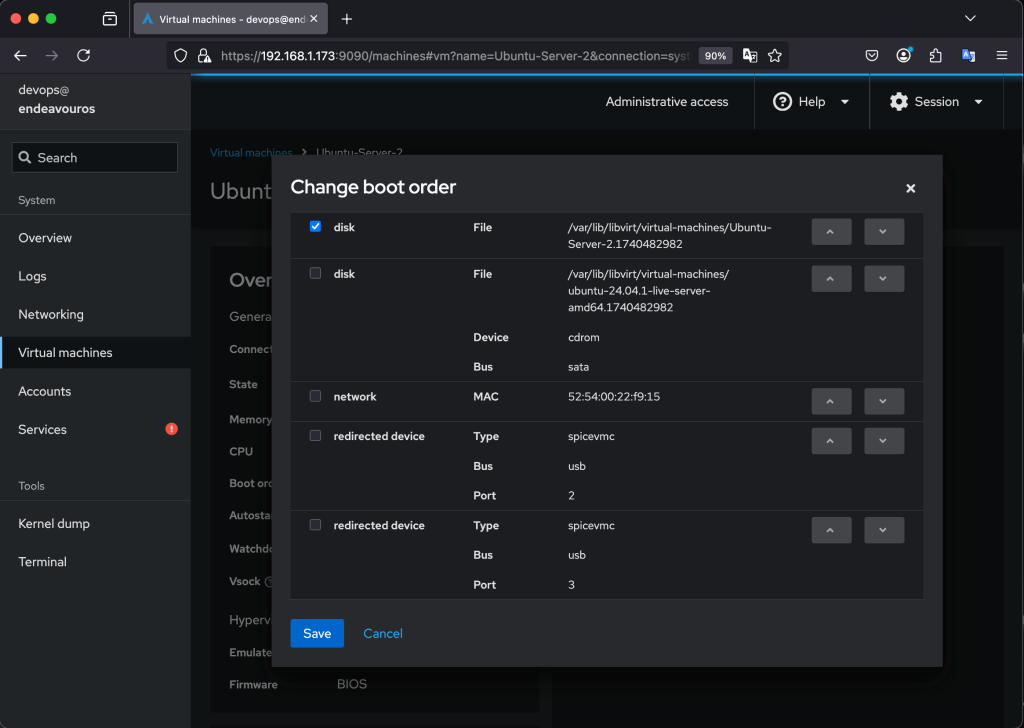
To change the boot order, select the boot device by clicking on the check box, and using the up and down arrors located on the right to move it up or down the order.

For instance, we can move network boot up the oder by selecting it and clicking on the up arrow:
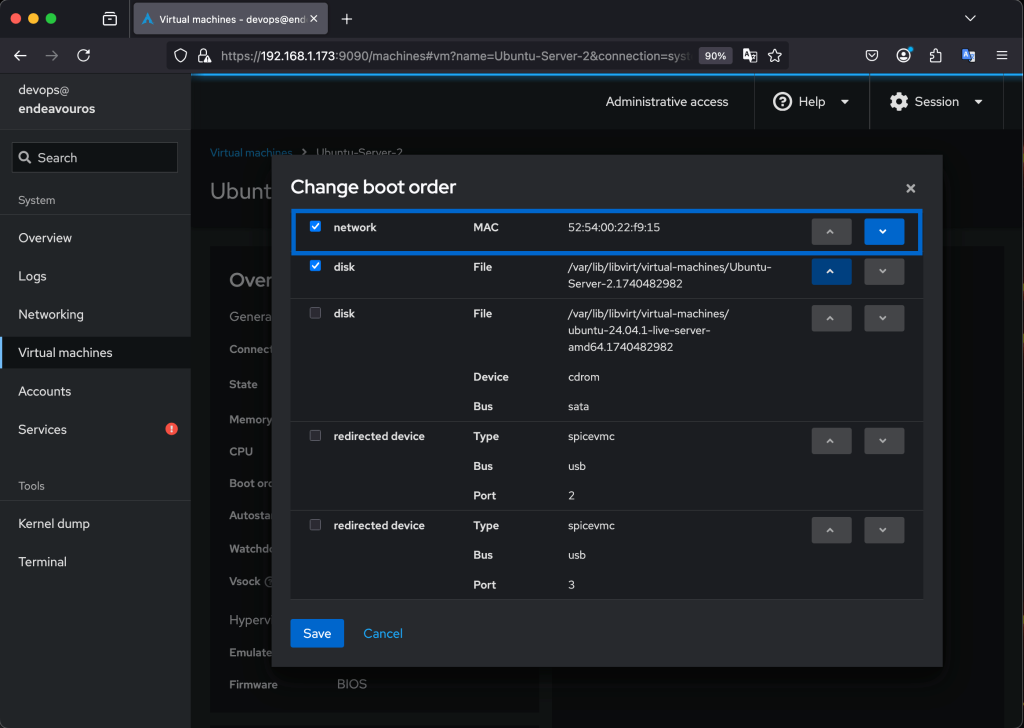
When done, we just click on the save button and exit the pop-up window.
5. Deleting a Virtual Machine
To delete a virtual machine, expand the three dots and click on Delete and the confirm:
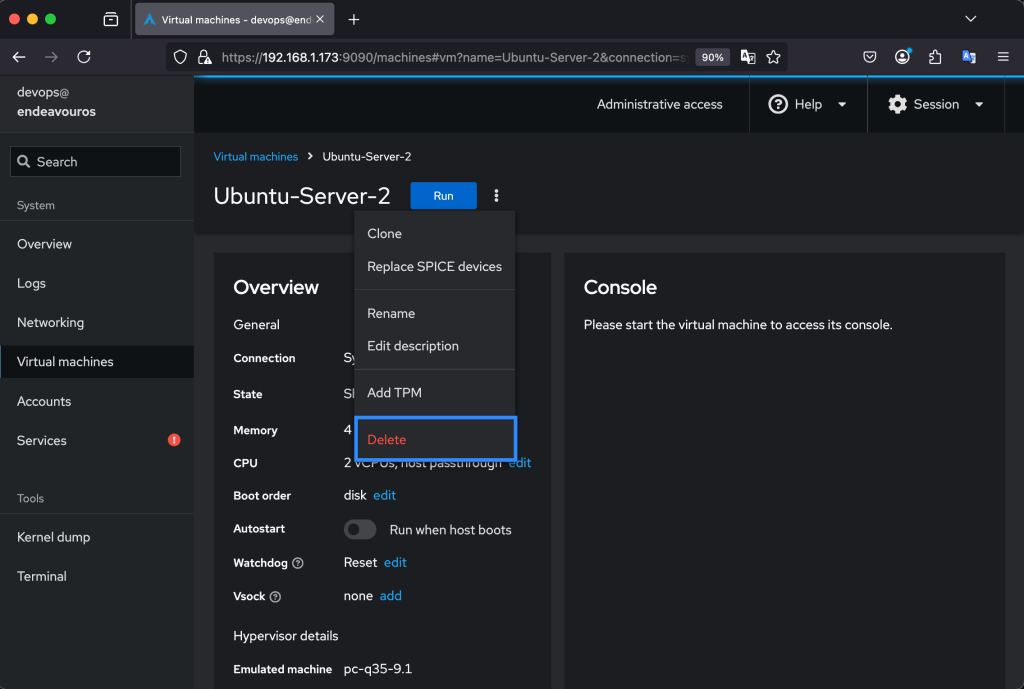
Cockpit offers powerful advanced features that enhance virtualization management beyond basic VM creation and monitoring. These features help administrators optimize performance, integrate with external systems, and automate tasks efficiently.
🌍 Our KVM eBook covers all this in details and more. In the book you will learn:
- Cockpit installation
- Configure and Access Cockpit dashboard
- Creating Virtual Machines using Cockpit
- Managing Virtual Machines using Cockpit
- Network Configurations and Management
- Managing Storage Pools
- Snapshot Management
- VM Backup and Migration



